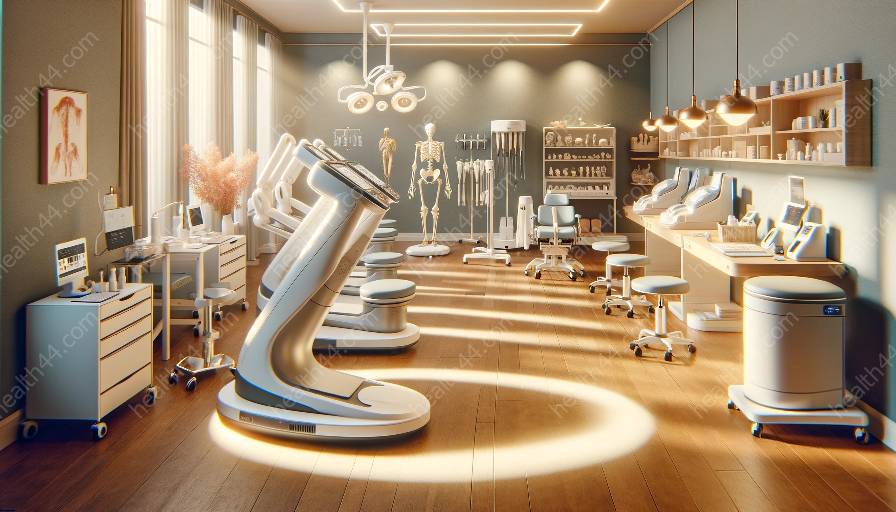Traction devices have revolutionized the field of orthopedic equipment and medical devices by offering effective solutions for treating spine and orthopedic conditions. In this comprehensive guide, we'll explore the various types of traction devices, their benefits, and their applications in the healthcare industry.
The Need for Traction Devices in Orthopedic Care
Orthopedic conditions such as spine disorders, musculoskeletal injuries, and degenerative diseases often require non-invasive, therapeutic interventions to alleviate pain and promote healing. Traction devices play a crucial role in providing traction therapy, which involves applying a pulling force to the spine or limbs to relieve pressure, correct misalignments, and facilitate recovery.
Types of Traction Devices
Cervical Traction Devices: These devices are designed to gently stretch the cervical spine, providing relief from neck pain, pinched nerves, and herniated discs.
Lumbar Traction Devices: Used to relieve lower back pain, lumbar traction devices apply traction to the lumbar spine, reducing pressure on the spinal discs and nerves.
Continuous Passive Motion (CPM) Devices: CPM devices are used to provide continuous, controlled motion to the affected joint, promoting healing and preventing stiffness after orthopedic surgery.
Orthopedic Traction Tables: These specialized tables are used to apply traction to specific body parts while allowing the patient to remain in a comfortable position.
Benefits of Traction Devices
Traction therapy offers numerous benefits for patients with orthopedic conditions, including:
- Relief from pain and discomfort
- Improvement in spinal alignment and posture
- Reduced pressure on nerves and spinal discs
- Enhanced blood flow and nutrient delivery to injured tissues
- Promotion of healing and tissue regeneration
Applications of Traction Devices in Orthopedic Care
Traction devices are widely used in various healthcare settings, including:
- Orthopedic clinics and rehabilitation centers
- Hospitals and surgical facilities for pre- and post-operative care
- Home-based treatment for chronic orthopedic conditions
Orthopedic Equipment and Medical Devices: A Synergistic Approach
Orthopedic equipment and medical devices work synergistically to provide comprehensive care for orthopedic patients. Traction devices complement other orthopedic equipment such as braces, splints, and assistive devices to support the musculoskeletal system and facilitate recovery.
Integration of Technology in Traction Devices
Advancements in medical technology have led to the development of innovative traction devices with features such as adjustable settings, remote monitoring, and integration with digital health platforms. These technological advancements enhance the efficacy and convenience of traction therapy for both patients and healthcare providers.
Regulatory Considerations for Traction Devices
Traction devices are regulated as medical devices by health authorities such as the FDA to ensure their safety, performance, and quality standards. Manufacturers of traction devices must adhere to regulatory requirements and standards to obtain approval for their products and ensure their compliance with the highest levels of safety and efficacy.
Conclusion
Traction devices have emerged as indispensable tools in orthopedic care, offering non-invasive, therapeutic solutions for spine and orthopedic conditions. By understanding the types, benefits, and applications of traction devices, healthcare professionals and patients can make informed decisions about integrating these advanced medical devices into their treatment protocols.


